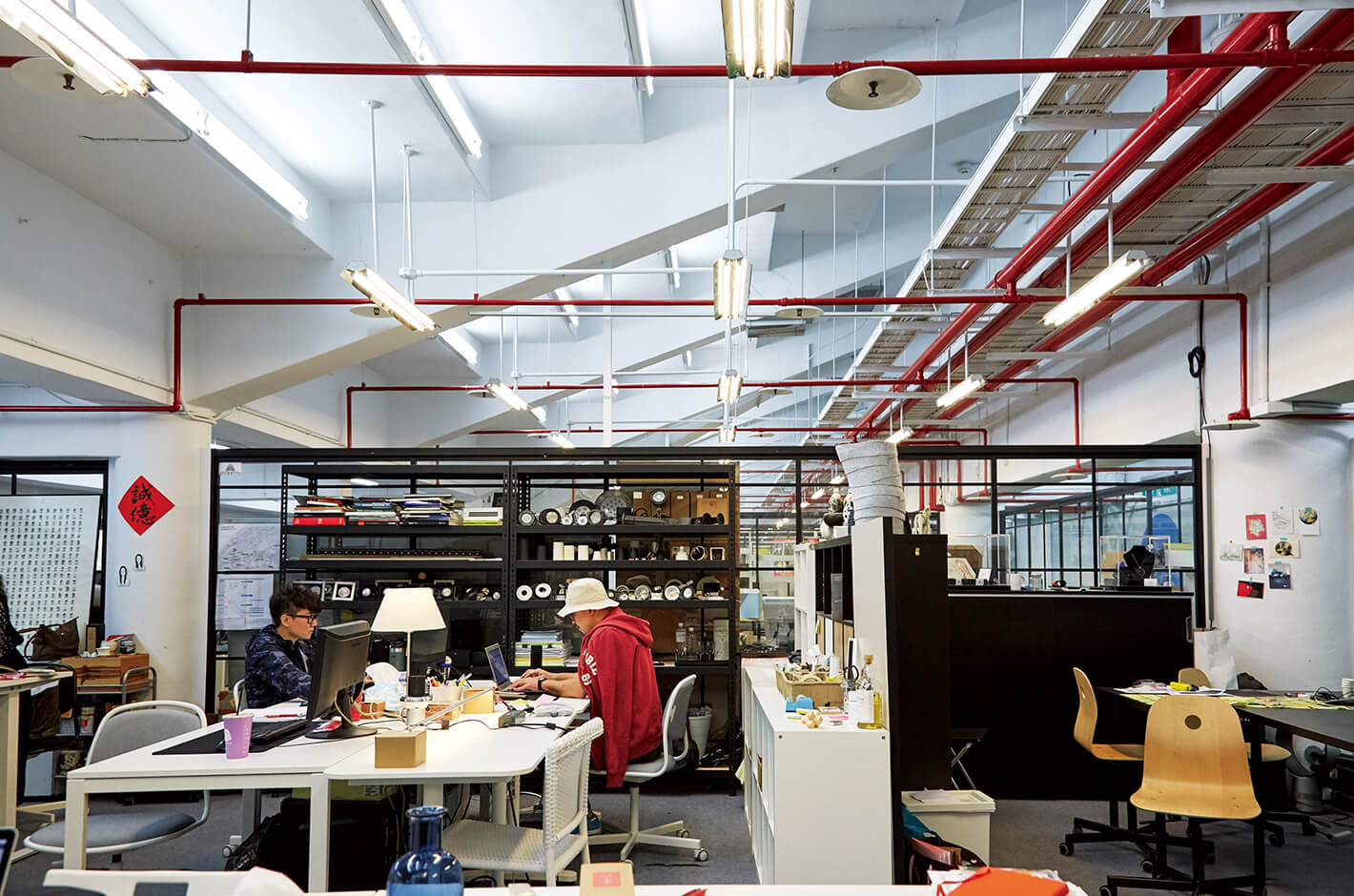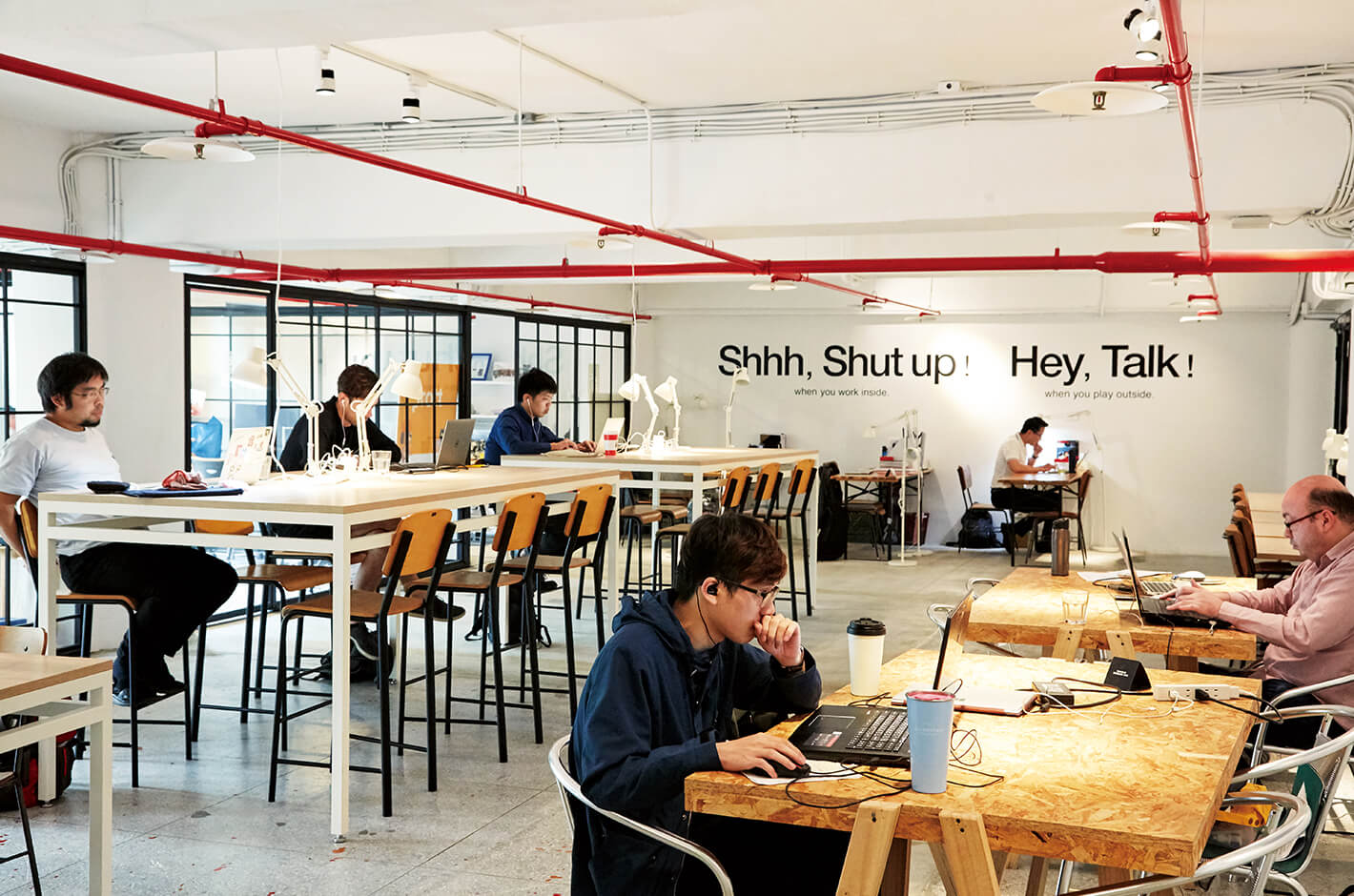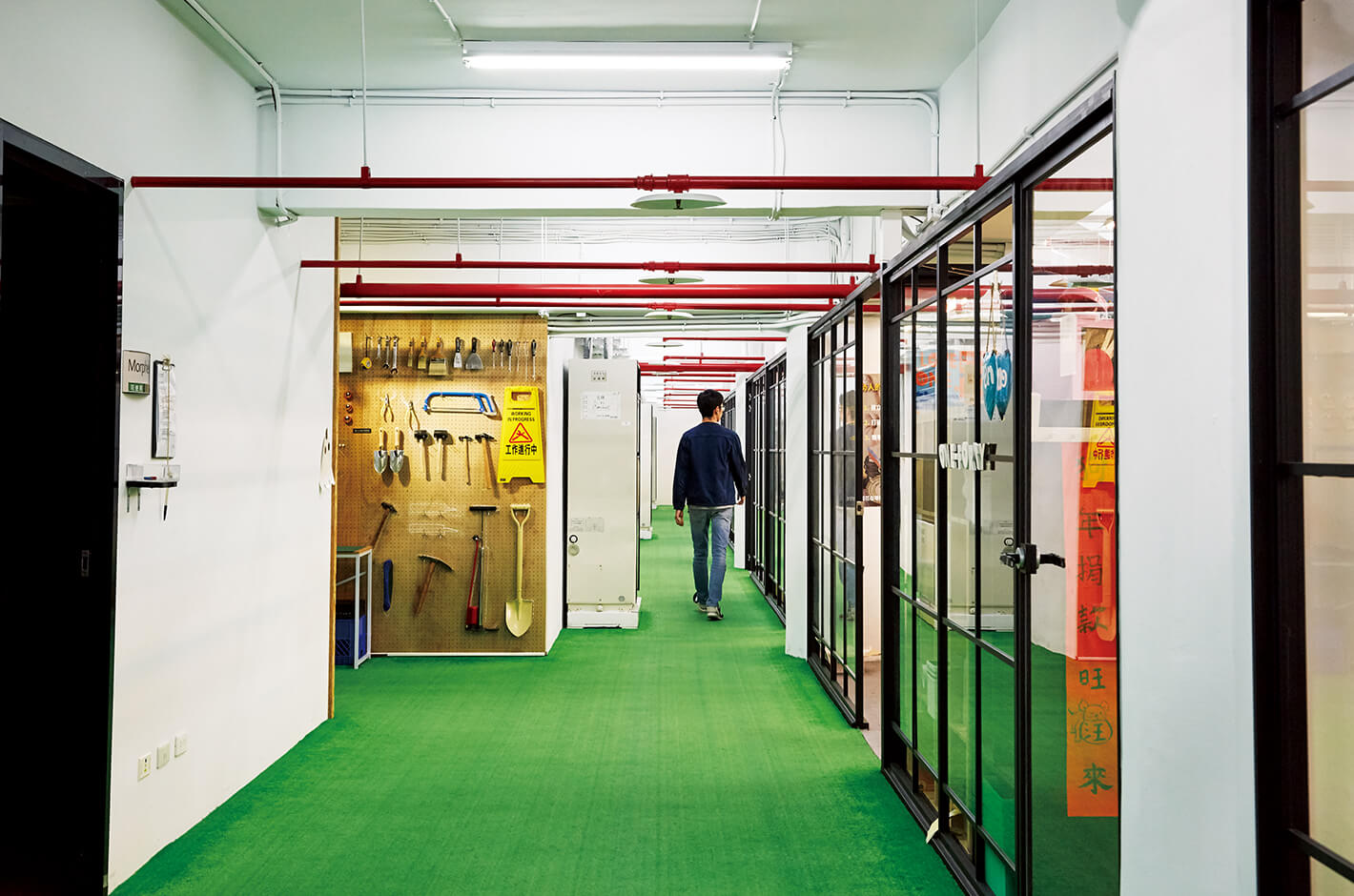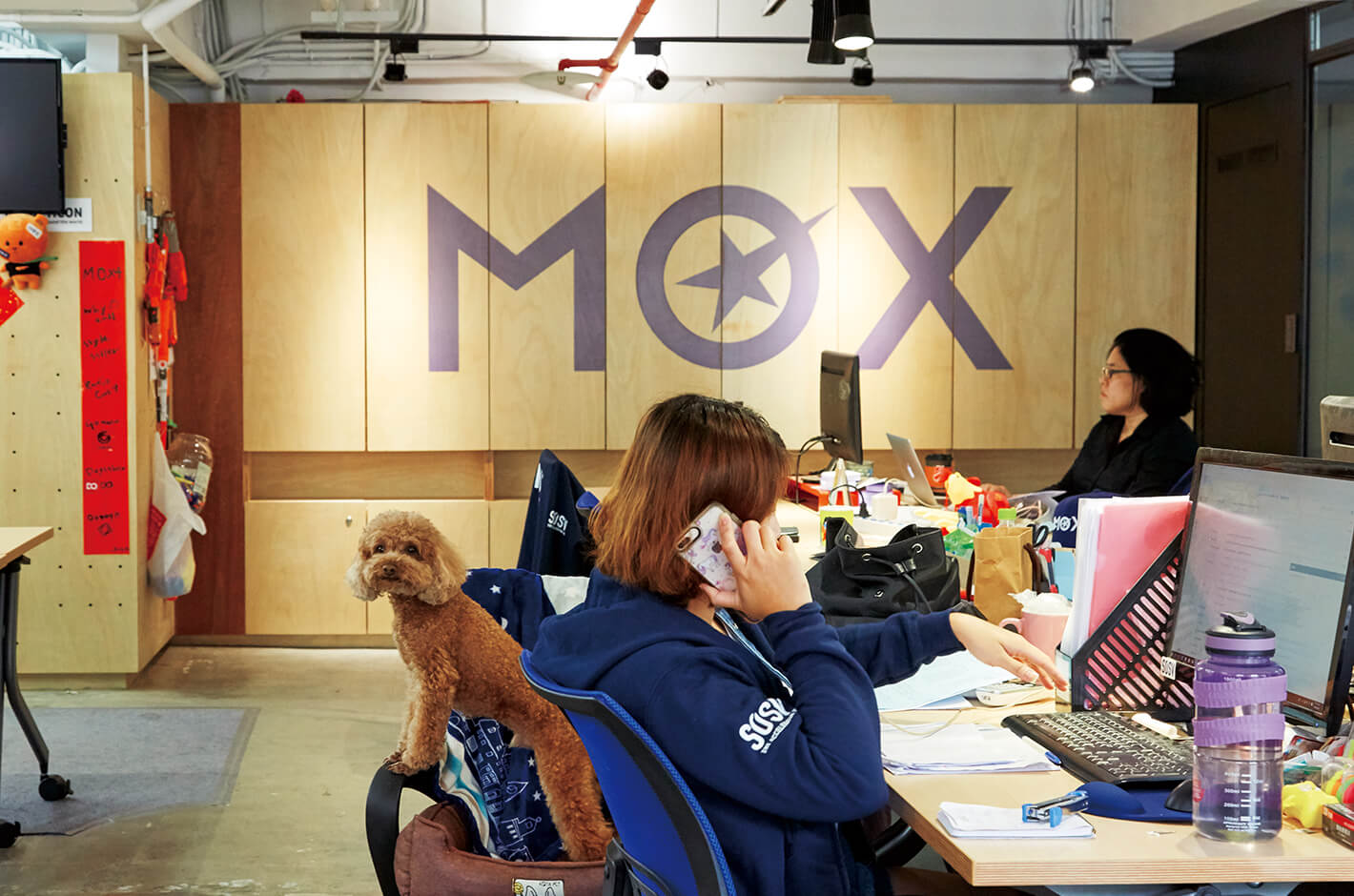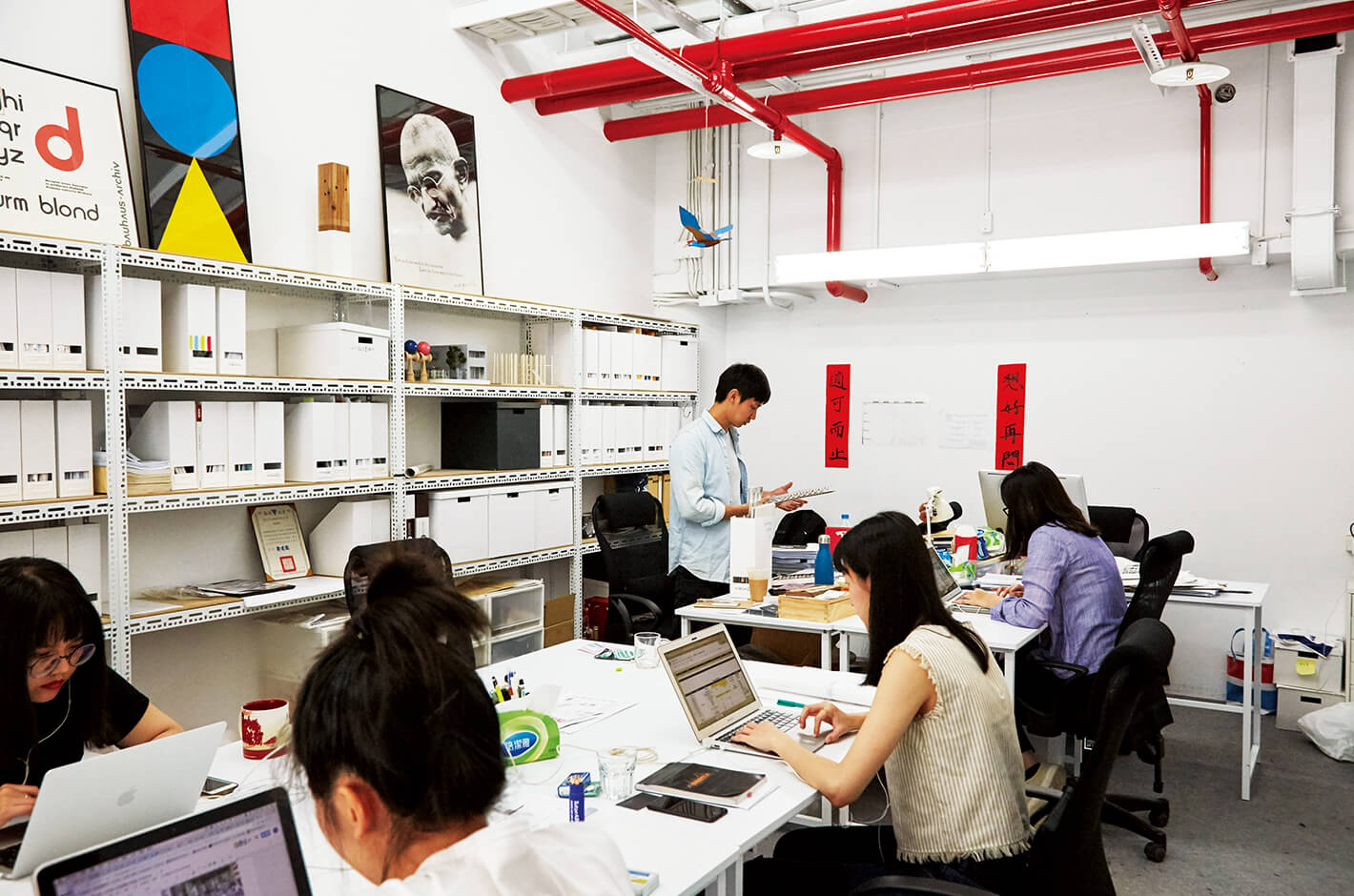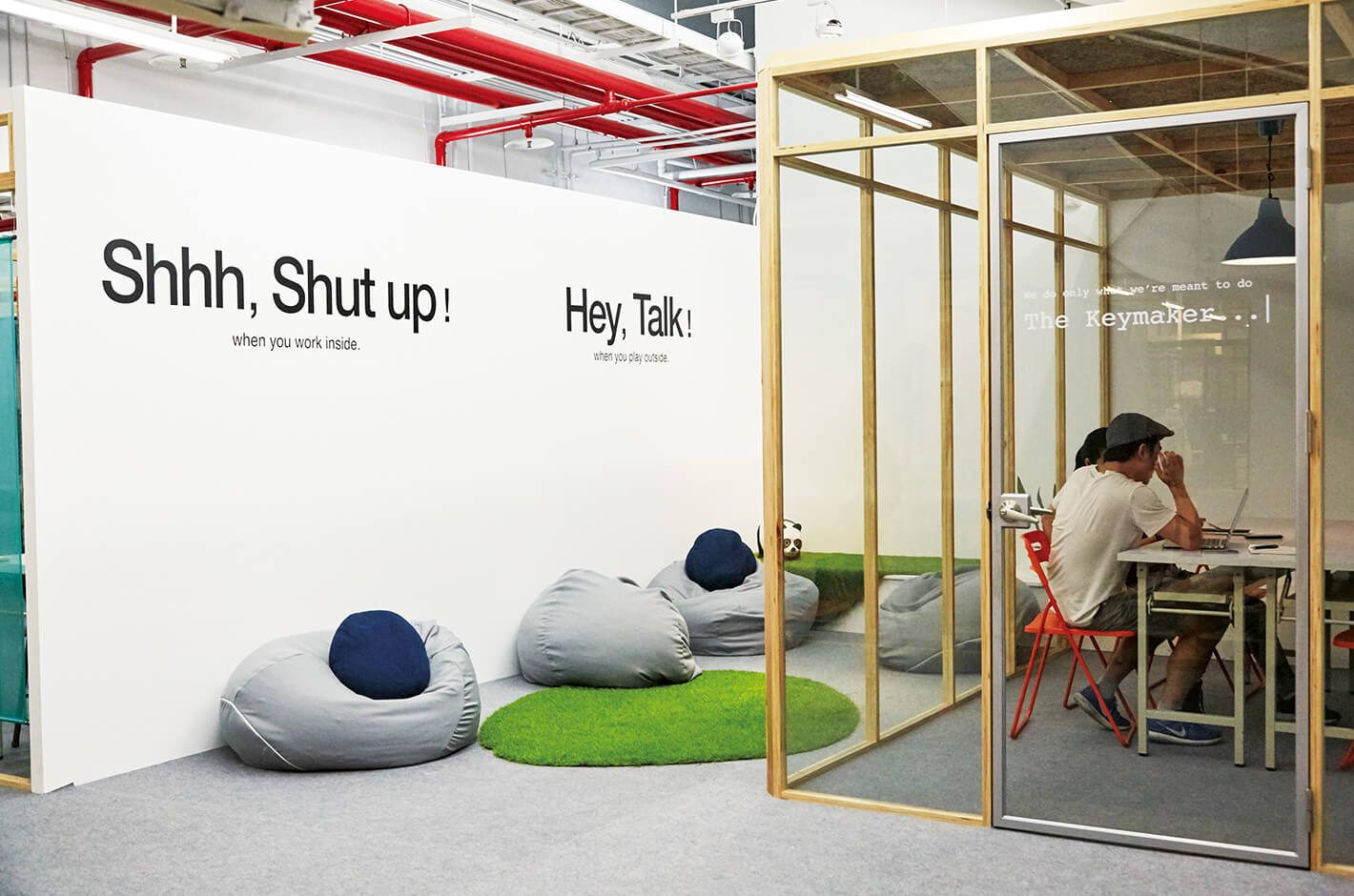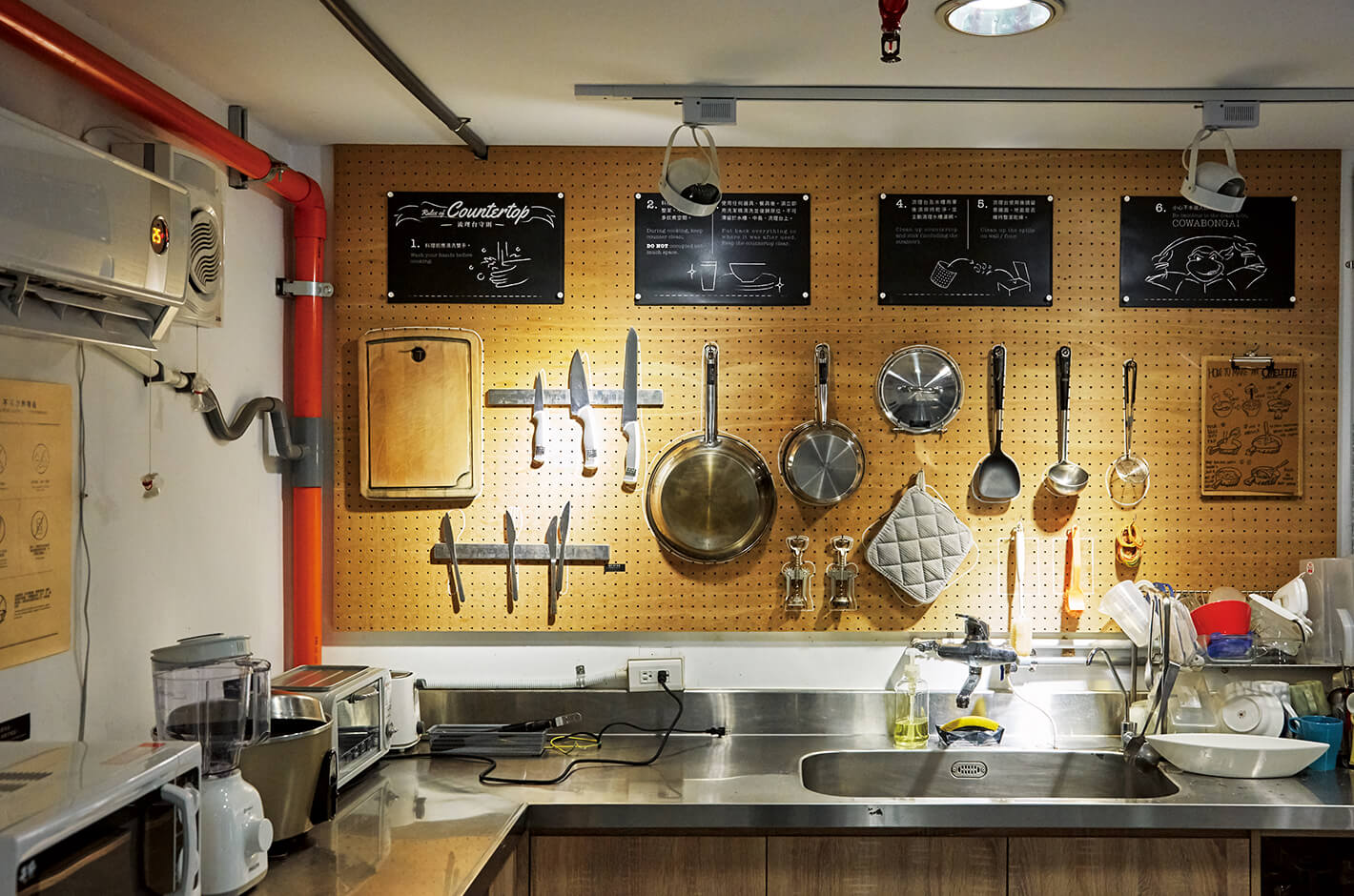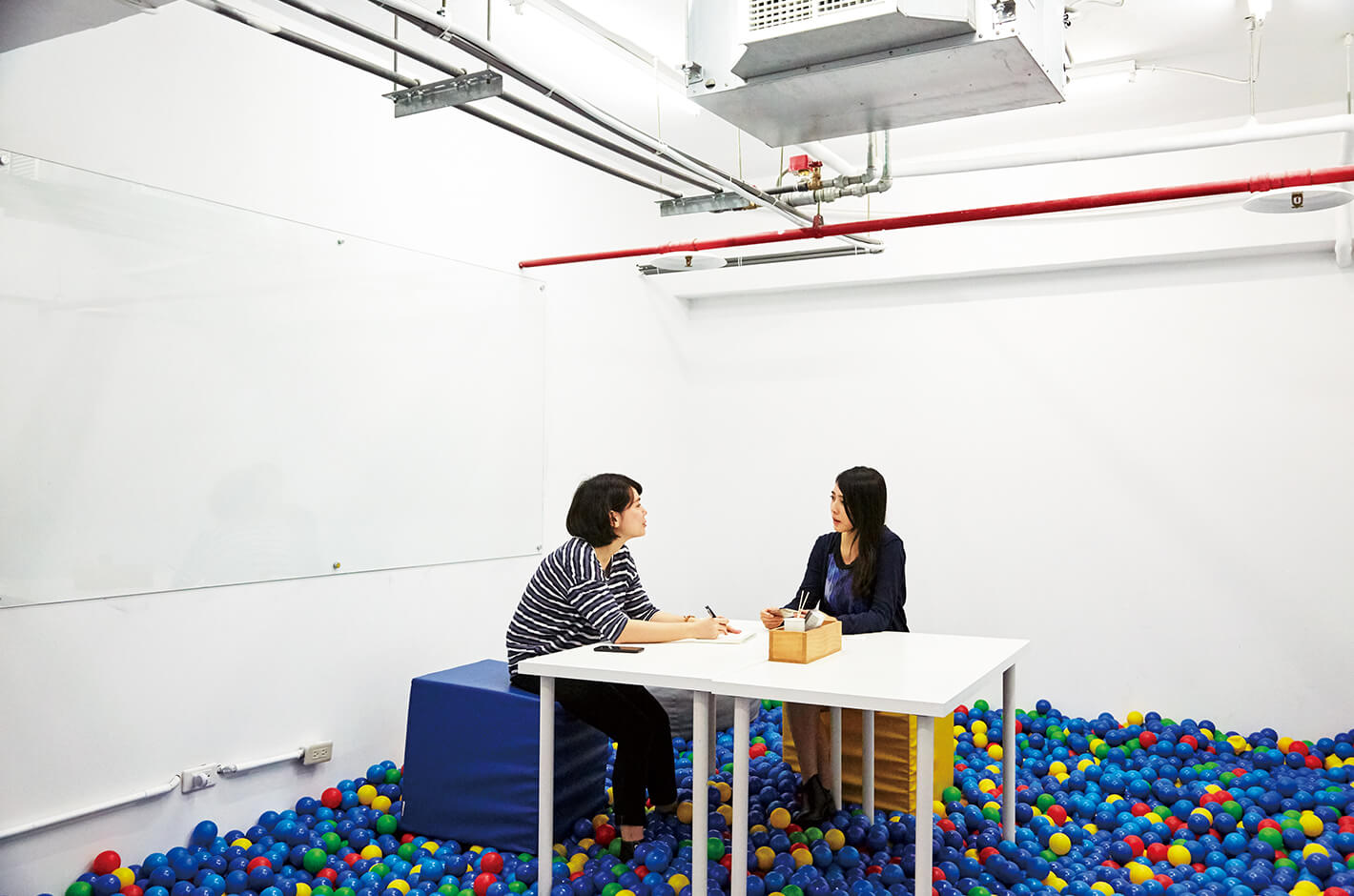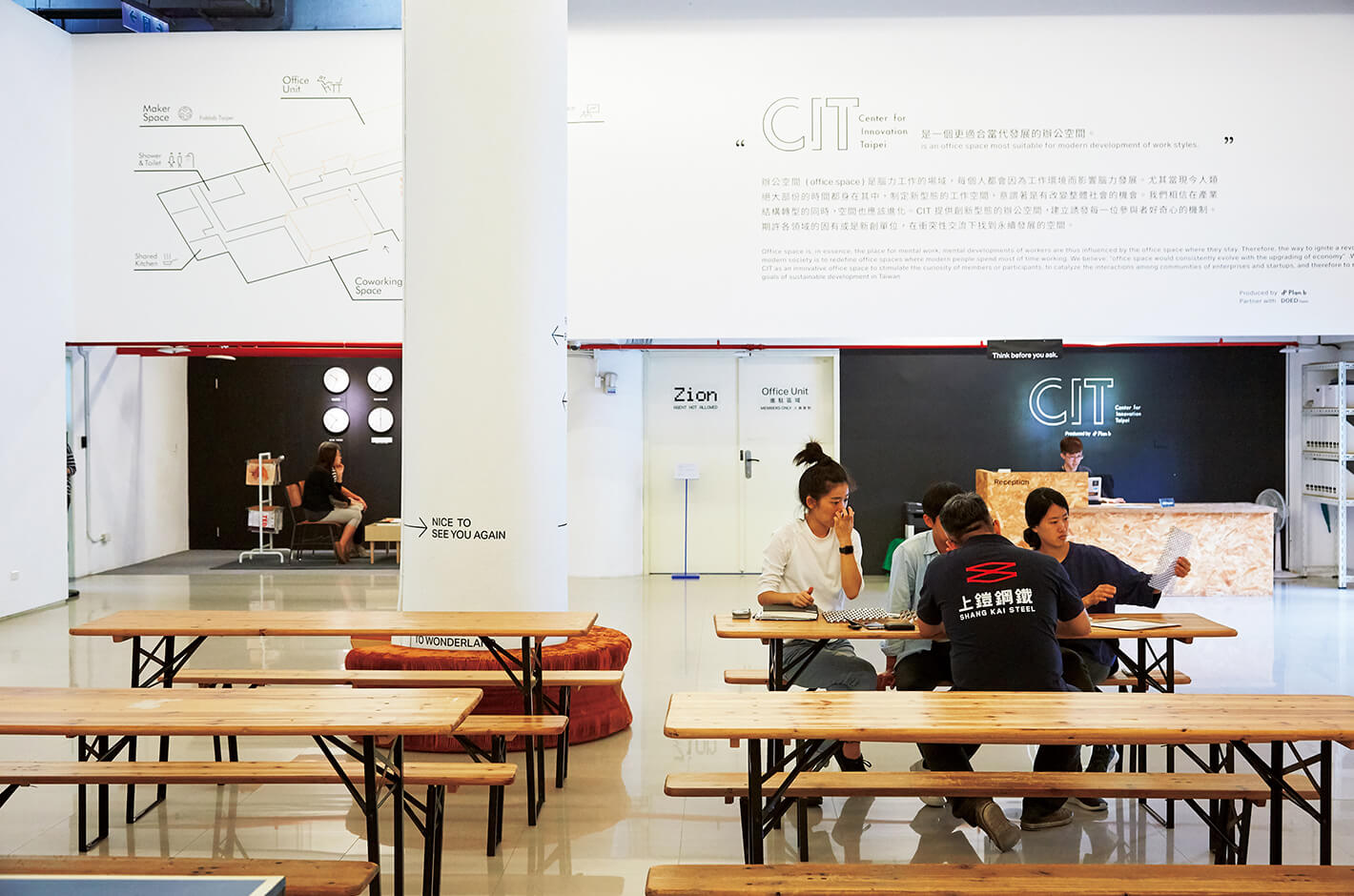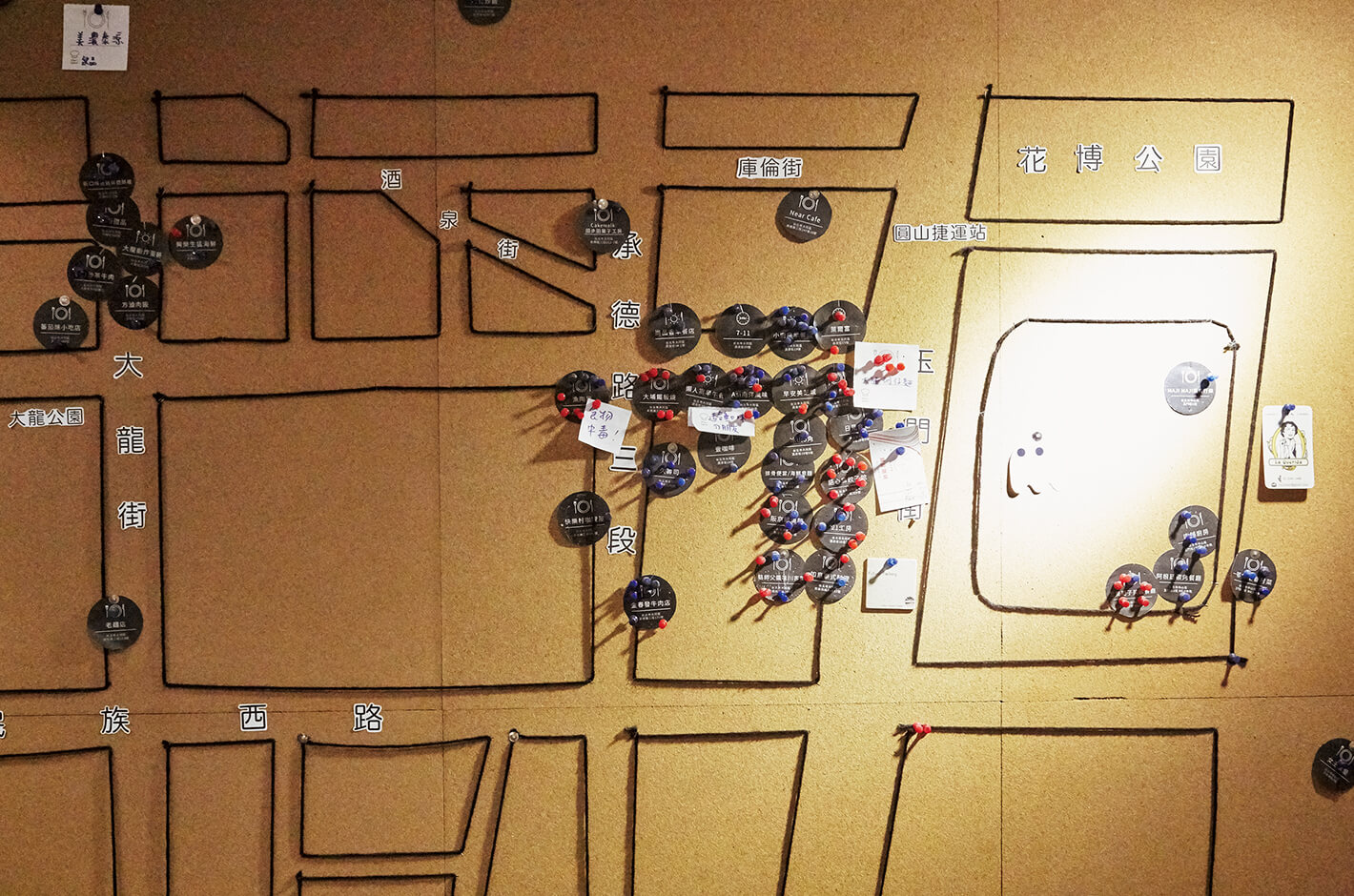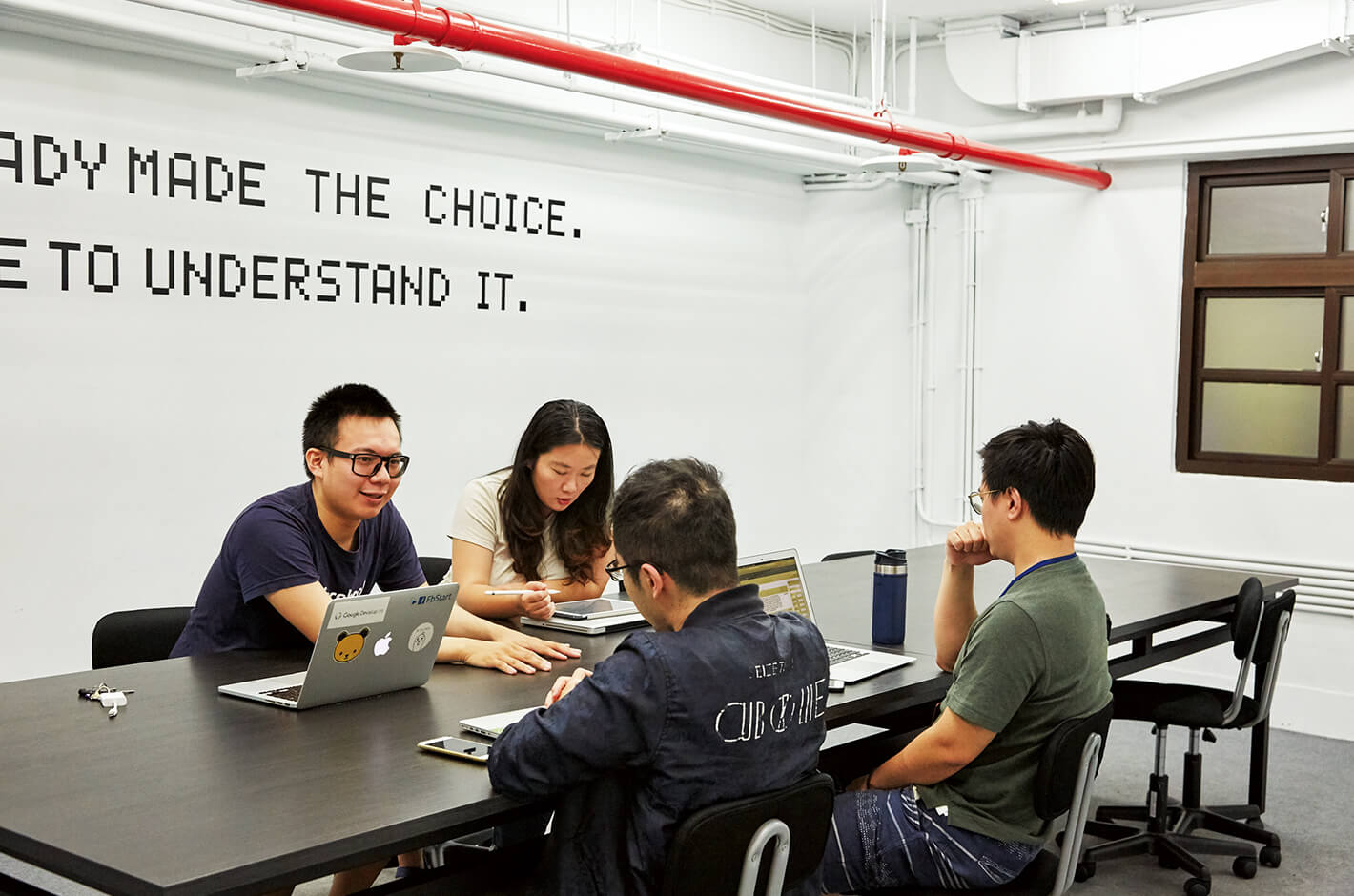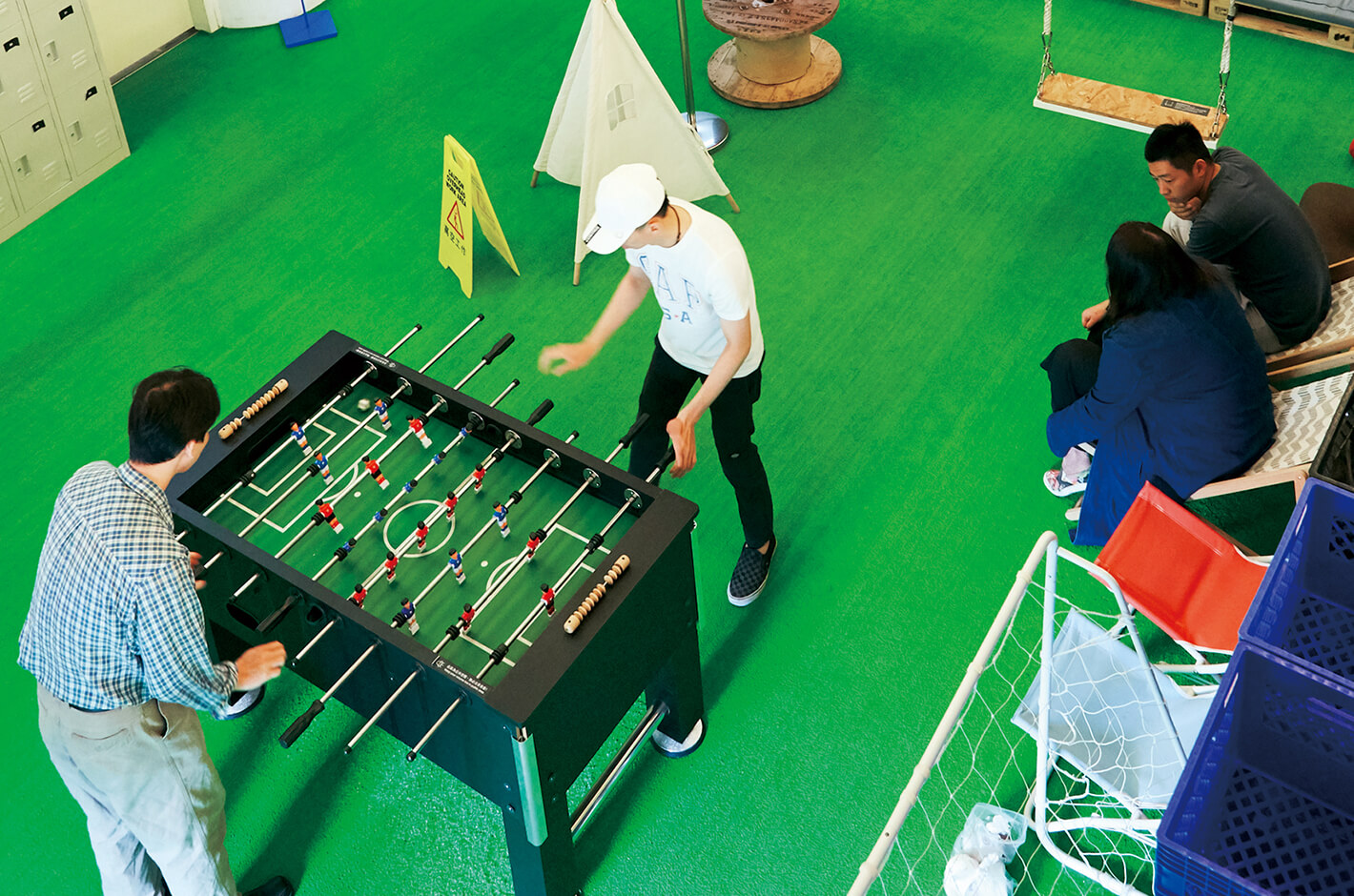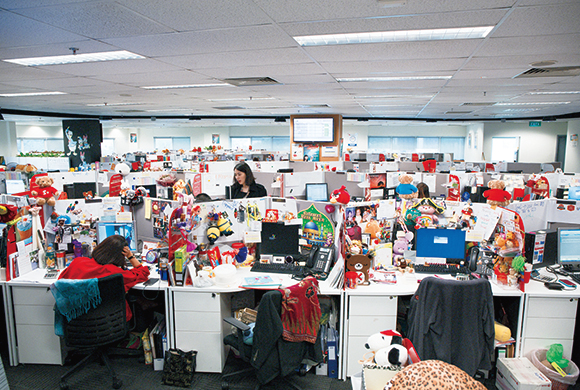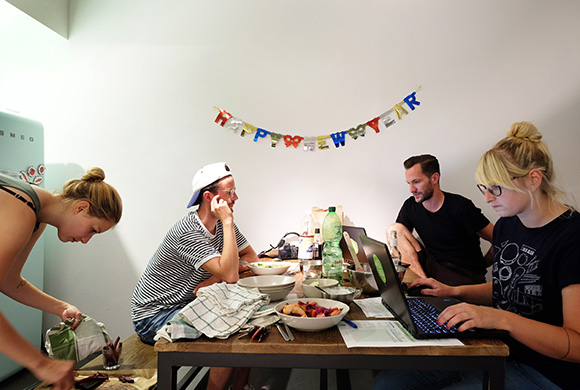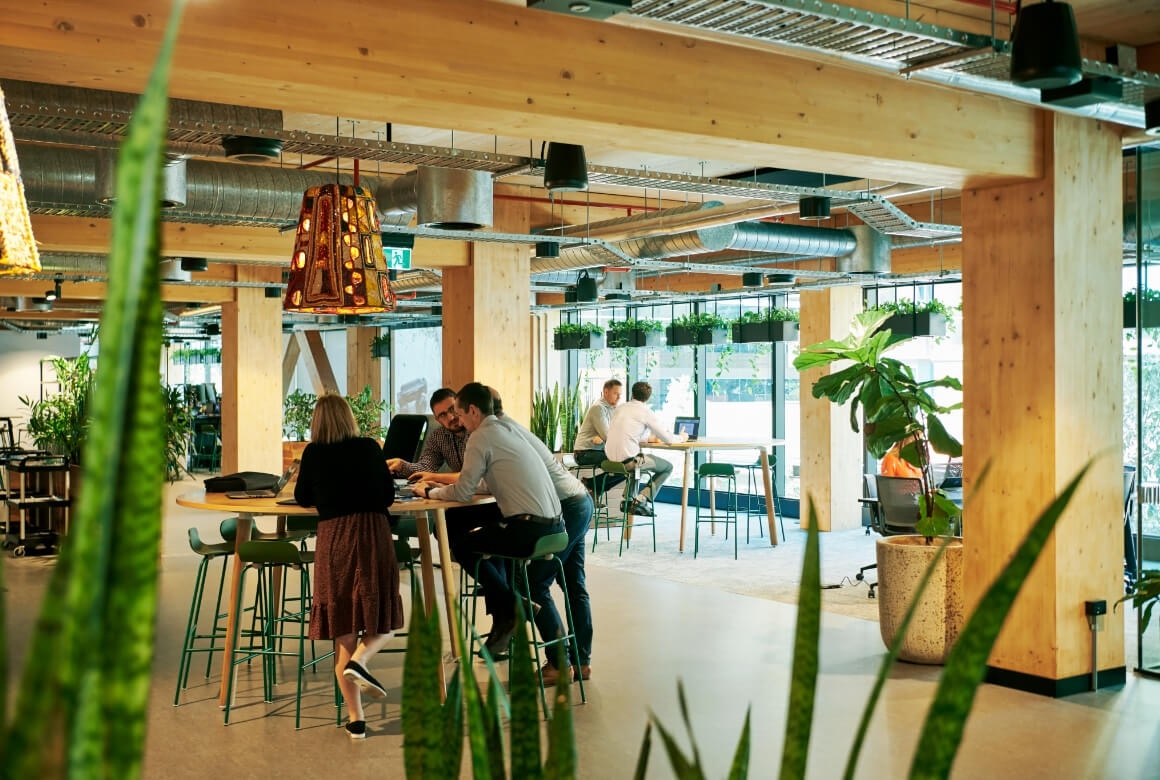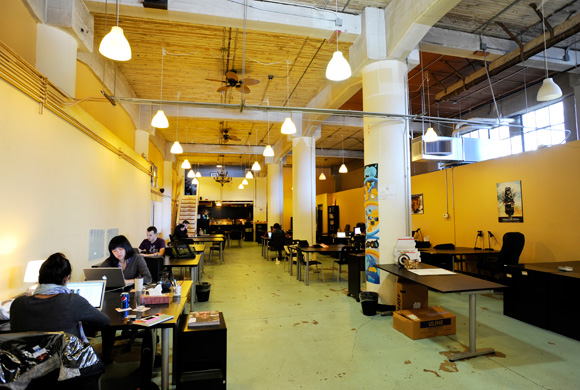Workplace
Feb. 1, 2021
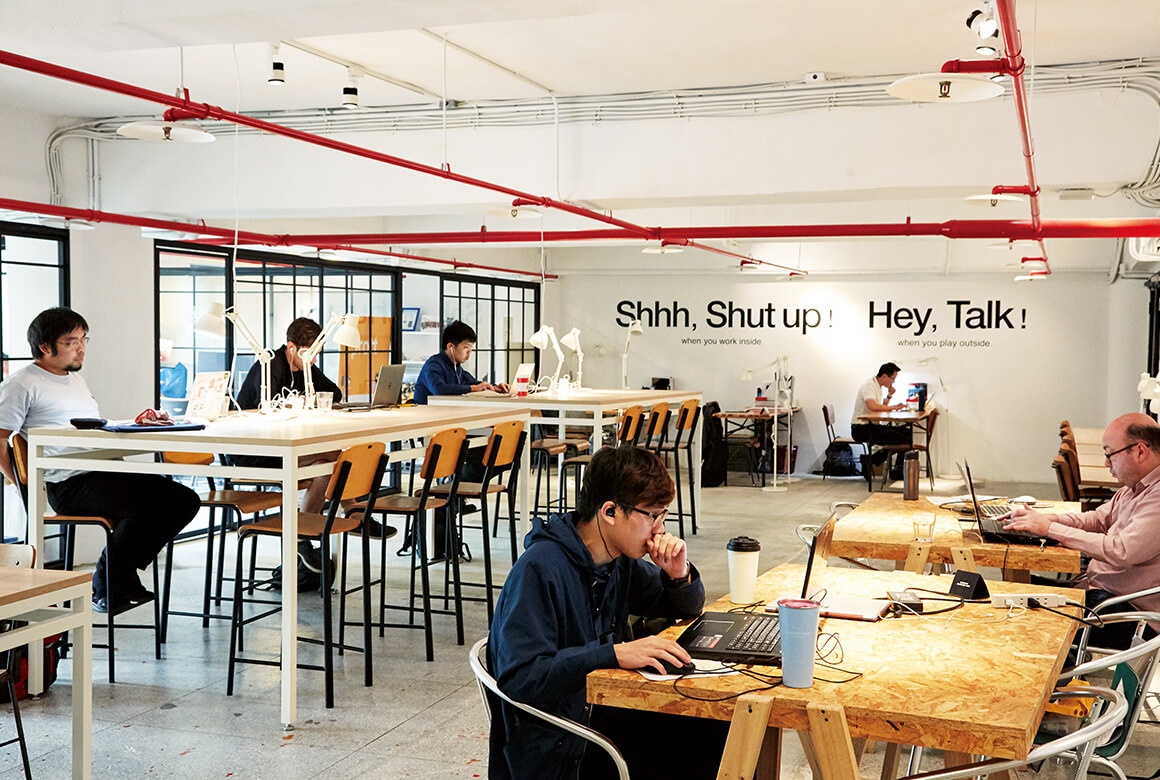
Coworking spaces that aim for sustainable, collective impact
[CIT] Taipei, Taiwan
The Center for Innovation Taipei (CIT) has a unique address: a former soccer stadium owned by the city, complete with its own metro station. CIT is an initiative by Plan b, the Taipei-based global consulting firm that focuses on sustainable development and works with large corporations worldwide. Just two years ago Plan b opened their new Space department with the realization that they could apply the same methodology of sustainability to space management in the city.
“It’s just like how IDEO applied ‘design thinking,’ which they had been using within the field of industrial design, to other areas,” explains cofounder Shihjen Yu. Because 70-80% of Taiwan’s population is concentrated in urban areas, “If we change the way urban work spaces are designed, it will open up more possibilities for employees.”
It was the city of Taipei that proposed that Plan b consider taking over the old Zhongshan Soccer Stadium. It was a great match: as Yu observes, “It’s more interesting to bring out the potential in an existing facility that is no longer in use, rather than build something new.”
The design of CIT was a joint effort across many of Plan b’s departments. The consulting and planning departments were charged with the layout. They placed a mix of functions below the stadium seating, including the coworking space 混/ Hun (to mix, to mingle), shared office spaces, their own headquarters, an event space, and a free school. It’s rare to see a company integrate itself to this degree within a variety of mixed-use facilities. Plan b conducted extensive research before building out the space, looking at case studies of coworking places around the world to use as a template to best fit their own specifications. The results were published online as “The Coworking Space Operation Manual,” which gained a lot of traction.
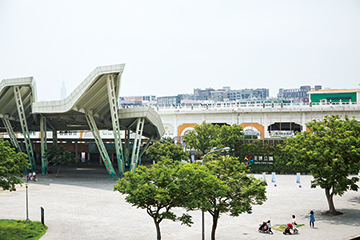
The exterior of the Expo Dome stadium. CIT is located below the audience seating area, and is connected directly to the Taipei metro system. A large park is just outside.
“An office building is an organization that creates social impact,” Yu says. For this reason, every year Plan b invites the city to hold events at the site that address various challenges Taipei is facing, and CIT tenants invest their own time and money to tackle these issues. “We all believe in our own ideals about how cities should be. That’s why we are able to work with collaborations that transcend industry borders,” Yu enthuses.
A year and four months since opening, CIT now houses 57 companies and over 300 people, a large proportion of whom are in creative fields and start-up businesses. “From what I’ve experienced so far, I’ve come to think the more industries, the better,” Yu says. “If the tenants are all in the same industry, it becomes a competition. Between different industries it’s easier to connect, as well as to collaborate.”
The government has been supporting start-ups since 2010, and many Taiwanese college graduates go on to start their own businesses. Yu says the partnership with the city was a win-win, because “we are able to negotiate cheaper rent prices with the city, and the government and municipalities can advertise their success.” Sure enough, as soon as it was announced that Plan b would be renovating the stadium, tenant applications began pouring in.
In some cases Plan b has been able to forge connections between tenant companies and larger corporations. This comes from the company’s broad experience as a consulting firm, and the trust it has earned in a variety of fields. Rather than a more traditional button-down workspace, CIT aims to be an open space that makes a “collective impact”—the idea being that having diverse tenants will trigger collaborations that will have a ripple effect from the inside out. The company is partnering with numerous businesses overseas as well, like their partnership with Taipei’s sister city of Fukuoka, Japan. Visitors from Fukuoka can utilize CIT for free, and CIT members in turn have access to coworking space in Fukuoka. “These types of open spaces will have a huge impact on entire cities,” Yu says.
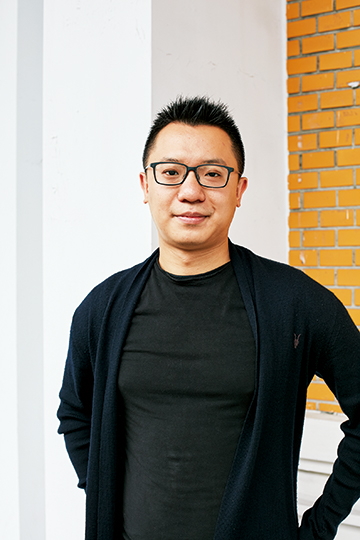
Shihjen Yu Co-Founder of Plan b CIT
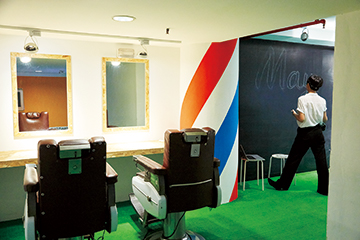
An area near the hallway. Hair stylists and massage therapists come by periodically to provide their services. To the right is a bulletin chalkboard with constant updates and posts of member news from the interns.
Some things are left to improvisation to stimulate user creativity. For example, the layout and interiors are switched up at least three times a month. A ping-pong table might be used as a conference table in one office. A damaged wall might be filled in with lego blocks instead of being fixed with drywall. The company wants to keep finding ways to be interesting, to be different from other spaces.
“Why do people in start-ups like Google, Facebook, and Airbnb think that workspaces need to be interesting? That’s because out of 8 working hours, half are taken up by outside duties and conferences, and the other half are spent sitting at one’s desk. New ideas are born when playfulness is added to the mix. That’s why Facebook has made their space an interesting one.” As an entrepreneur himself, Yu seems to truly understand what it is that current tenants are looking to find in the space.
Consultancy for Work Style: Plan b
Interior Design: Plan b
Architect: Plan b
photo: Kazuhiro Shiraishi
From WORKSIGHT 14 (2019.1)
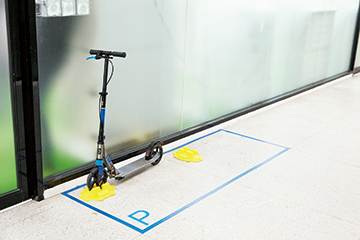
A docking station for scooters in front of a room. It’s a long way to the restrooms in the former stadium, and the scooters provide a good mode of indoor transportation.


